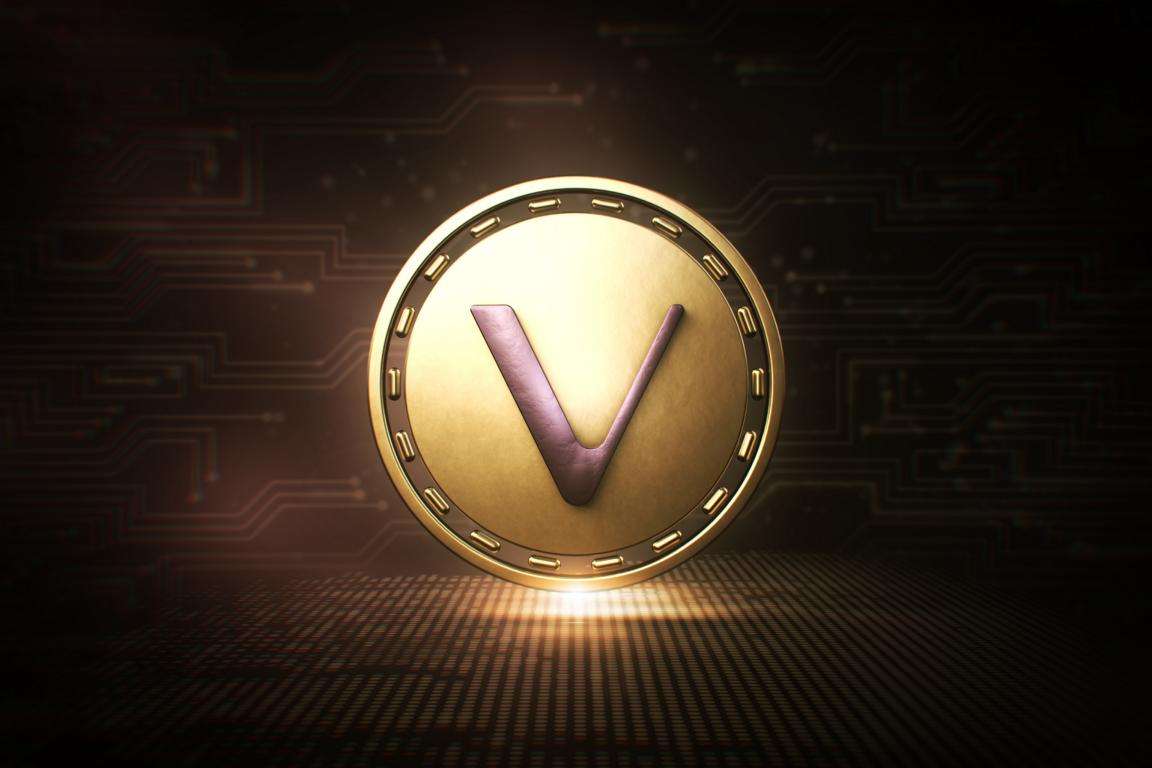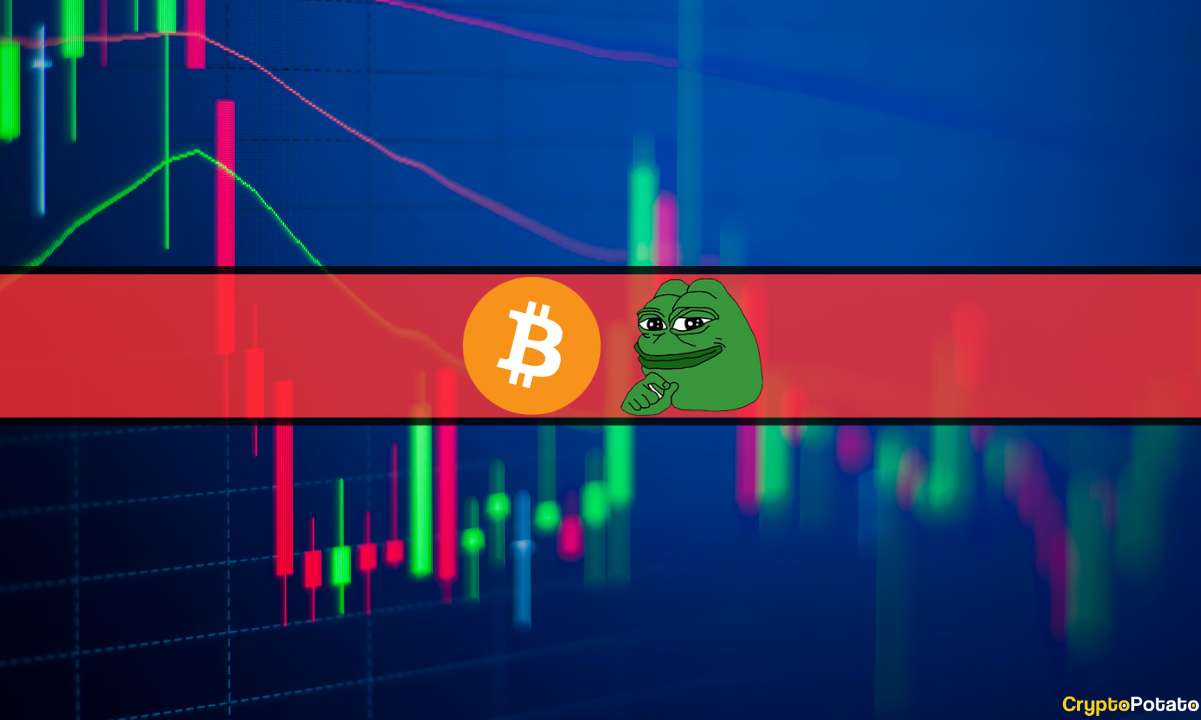Blockchain pilot project increases SA’s recycling efforts

Project Up is rolling out innovative technology that helps recycling centers for repurchases.
A pilot project uses blockchain technology to digitize and record transactions between waste pickers and repurchase centers, with the aim of revolutionizing the purchase and sale of recyclable materials.
Project Up, an initiative of the PET Recycling Company (PETCO), uses BanQu blockchain technology to build a national digital record of recyclable items, collected by waste pickers and sold to recycling centers.
For the first time, repurchase centers can digitally track what kind of materials come in and the value of these materials to their businesses, while waste pickers have digital proof of the revenue they receive for the recycling they sell.
According to PETCO, the initiative, funded by the Coca-Cola Foundation, has already yielded positive results after just over a year, and has helped grassroots companies integrate into the formalized waste recycling sector and increase the volume of recyclable plastics and other materials received upon purchase. -back centers.
It notes preliminary data indicating that the introduction of the technology not only helps to integrate the informal recycling sector with the formal recycling sector, but also helps to increase the volumes of recyclable plastics and other materials purchased by the recycling centers.
“I thought the app would be a lot of work, but it does things a lot more efficiently in terms of data capture, and the ins and outs and running of my business, which I think is more important than anything else,” says Refilwe Ramadikela, CEO of Hendrina Recycling and Mpumalanga.
Through the use of the blockchain, PETCO says that SA is building a national digital registration of recyclable material, which is collected by garbage collectors and sold to recycling centers, which in turn sell the materials to recycling companies.
It explains that by providing a permanent registration, repurchase centers provide waste pickers with digital – and legitimate – proof of the revenue they receive for the recycling they sell, while repurchase centers benefit from detailed data on the type of materials they receive. and the value of their businesses.
This knowledge enables them to find potential new recycling streams to focus on increasing revenue, it adds.
“It allows us to have a long life because we know how to read the data. What are our trading volumes and how do we maintain them? If we drop, what can we do better? We can go back through our historical data records online and see what I got business insights that I did not think I needed, but which have been very useful, says Ramadikela.
By providing digital evidence of the types of recycling that are prioritized and collected by waste pickers – from the data entered by the recycling centers – recycling centers and waste pickers can offer manufacturers statistical evidence of what kind of products can be easily absorbed. into the circular economy, and those who are not, PETCO notes.
According to David Drew, PETCO’s Deputy CEO and Coca-Cola’s Director of Sustainability for Africa, one of the main benefits of the BanQu system is the insight it provides into the waste economy.
“With transactions worth over R10 million representing over 4,000 tonnes of recyclable material, we are beginning to reach a point where our data has sufficient scope and diversity to provide a credible basis for analysis. By looking at this data, we can not just start to better understand the market, but also use this insight to support and increase the informal waste economy. “
Drew says that one of the more important relationships to understand was how factors such as price and demand affected the collection.
For example, the recycling industry has long known that bottles made of clear or blue PET – polyethylene terephthalate – have a higher price for waste pickers than green or yellow PET. Temporary BanQu data clearly show the effect of this price difference on collection rates, he explains.
The BanQu data show that although clear or blue PET is estimated to represent around 85% of the beverage bottle market, it represents 92% of post-consumer PET collected and sold at BanQu. compared to green and yellow PET bottles. ”
Although the price was a key driver for the collection rates, Drew says that it was also clear that this was not the only relevant factor.
The BanQu data also consistently show that K4 cardboard represents the highest share of recyclable goods traded in both volume (46%) and value (32%), both of which are higher than cardboard’s approximate share of the packaging market (26%). is interesting because the price of K4 in general is very similar to that of yellow PET and significantly less than clear PET.
“On the other hand, aluminum beverage cans are usually the most valuable recyclables sold, but represent only around 1% of volume and 3% of value. As such, we can conclude that price is not the only factor driving the collection, with factors such as availability, negotiability and consistency in the demand for materials that play an important role in determining what is collected and what is not. “
True business intelligence
PETCO says that improved data is only an advantage of the project; Another surprising advantage has been the improved working relationship between recycling centers and waste pickers. Ramadikela notes that many waste picking customers now prefer to work exclusively with her center.
“Because I can identify if a regular client has brought less and less material, I can contact them to find out what happened.”
Another Gauteng-based repurchase center, Sakhikamva Projects, had tried to move away from a manual system when blockchain technology “came to the rescue”, says owner Zolani Fololo.
“We were desperately in need of a digital system like this, which gives you detailed daily reports and shows you everything you need to know. We grabbed it with both hands, and it fit like a glove. “
According to PETCO CEO Cheri Scholtz, the data coming out of Project Up provides a better understanding and ability to support the informal collection value chain – responsible for an estimated 60% of all PET plastic, aluminum box and paper collection nationally.
“Project Up has enabled us to bring repurchase centers and waste pickers into a more integrated and formalized network that ensures transparency about prices and traceability of the materials purchased and sold.”
BanQu founder and CEO Ashish Gadnis says that before using the technology, waste pickers were completely disconnected from the formal sector.
“When they sell their material to an independent repurchase center, the waste picker will receive a maximum paper receipt for the material they had sold – their only registration proving their existence in the recycling value chain.”

























